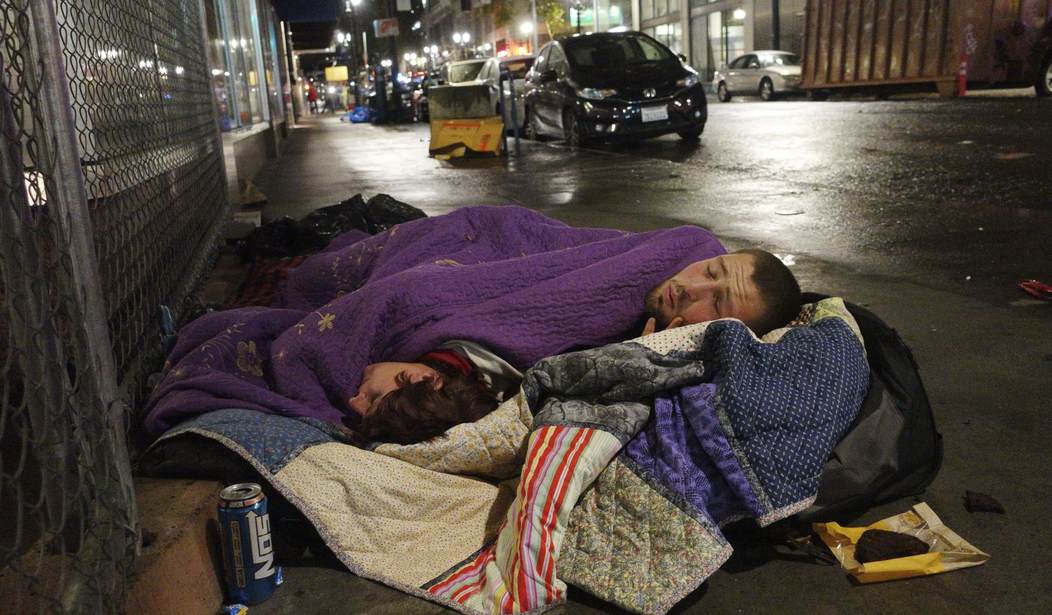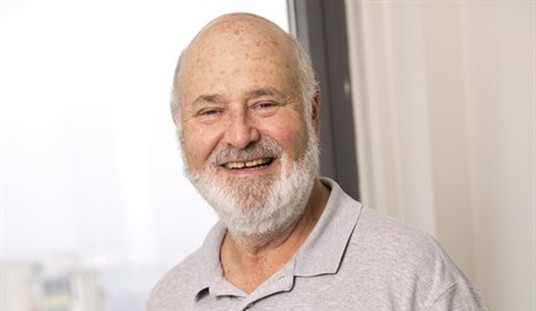Winter has arrived in the Pacific Northwest and the federal report is in: Oregon is second only to California in terms of the numbers of unsheltered homeless people. Portland is at the epicenter of the grim statistics. Best estimates are that as many as 1800 people sleep on the streets in Portland every night. Homeless people routinely freeze to death during winter ice storms.
Recently, a letter to the editor appeared in the Oregonian asking if permanent camps for the homeless population might be a good idea. The reader response (that’s clicks for those living in Rio Linda) in the comment section was fairly robust and predictable. Progressives decried the idea of any kind of camps, while conservatives assailed the costs of such a measure.
It’s a problem that everybody lip-services but no one ever does anything substantive about. It’s hard to solve. In the majority of cases, homeless people are not tractable individuals capable of acting in their own best interests. Statistically, approximately three-fourths of Portland’s homeless are addicted to drugs and alcohol, and about half suffer from mental illnesses. Mentally-ill and drug-addicted individuals share the streets with the merely destitute.
Portland’s city leaders–progressives all–have tried numerous approaches, including temporary shelters for the coldest nights, and so-called dignity villages scattered here and there. They’ve tolerated squatter’s fields on public lands, periodically issued warnings, set deadlines, cleaned out the camps, and shuffled the homeless from place to place. Overdoses and random slayings in the homeless community are routine, and, like with gang killings, ultimately written off.
Despite the efforts of local humanitarian nonprofits, the situation has worsened. One day a vacant lot is just a place where teenagers and candy wrappers blow through. The next day there’s one tent, then three, then shopping carts, needles, and often dangerous people. According to a report released in August of this year, Oregon has the highest percentage of U.S. homeless families with children not living in a shelter.
Plywood lean-tos with tarps cover sleeping mats laid on filthy concrete sidewalks. Weathered tents and assortments of paltry possessions cling to the slopes of freeway overpasses. Vehicle habitation, most noticeably including inoperative RVs and trailers, contributes to the eyesore factor and the sense of neighborhood intrusion. And always, piles upon piles of rubbish.
What can be done? Portland serves as the microcosm for a problem that afflicts many large American cities, especially blue state liberal or sanctuary cities with relatively temperate climates. Following is an outline that addresses the Oregonian letter and puts forth a suggested possible federal and/or state solution.
Whether or not a homeless person has the potential to become a productive, self-sufficient member of society, under a resettlement plan they would be offered an option that would remove them from the streets. Government-subsidized residency camps would be built on public land outside the city limits, but close enough to make personal use vehicular or shuttle transportation into the city feasible.
The shelters in these camps would be markedly superior to living on the streets. High-quality tents, all of the same type, pitched in military-style rows, would be a good choice for such a facility. Each ten–a bare-bones “yurt” for example–would have an electrical outlet, providing the means to cook on an electric stove-top and heat the interior with a space heater. Clean shared water sources and restrooms would be provided. Decent food availability, basic medical and mental health care, drug rehabilitation services, and opportunities for community involvement would be part of the plan.
Security for the residency camp would be accomplished by the implementation of a two-tiered level of tenancy. Law-abiding, non-addicted, socially adaptable people who are simply down on their economic luck would be first tier. They would be free to come and go, to seek employment, obtain job or educational skills, see friends and family, and have respectful guests. As long as they are not disruptive in the camp and stay out of trouble outside the camp, they would be assured shelter and other helpful resources until they get back on their feet. They would be eligible for final release at any time.
Unfortunately, individuals in the first-tier group will be a comparatively small percentage of the total number admitted to the camp.
For homeless people addicted to hard drugs (recreational marijuana is legal in Oregon–banning use may be unconstitutional under state jurisdiction), with police records for violent or predatory crimes, or mental illnesses that render them demonstrably unstable, residency at the camp–again, only an option and thus constitutional–would be more like an incarceration. They would be housed humanely in a separate part of the facility. While receiving care and services comparable to first-tier residents, in addition to being required to take prescribed medications, second-tier residents (or their legal representatives) would have to contractually agree that they would not be able to leave the camp until they demonstrate the ability to join the first-tier group.
Regarding final release of such individuals, the declaration of release would be issued on a case-by-case basis by a review board comprised of camp residents in possession of leadership traits and wisdom, government and law enforcement professionals, and societal experts in relevant fields.
The cost for such a resettlement program will be high. Whether state, local, or a combination, well into the tens of millions. Where will the money come from? The question should be: what are the homeless populations “living” in our cities costing us now?
The Oregonian routinely publishes letters from tourists and returning ex-pats who are appalled at the condition of certain sections of downtown, and even parts of outlying metro areas. Entire city blocks and once-pleasant urban trails have become gauntlets. First responders are kept busy with destitute people unable to pay for emergency services. Businesses that provide the tax base that fills municipal coffers often flee impacted streets and avenues that paying customers, while sympathetic to the plight of the homeless, have forsworn. When the resettlement option costs are compared to the costs of raw homelessness, the result might be to break even.
What to do about the percentage of homeless people who will reject placement in a government facility, despite that fact that such placement would be a huge improvement over their existing situation? It must be assumed that these individuals will be among the most troubled, hopelessly addicted, and disturbed people on our streets. They will always be with us.
But by offering an alternative to homeless people still capable of some level of reasonable thinking, theoretically, the number of people living on the streets should be measurably reduced.
It’s time to offer resettlement and really help the homeless.









Join the conversation as a VIP Member